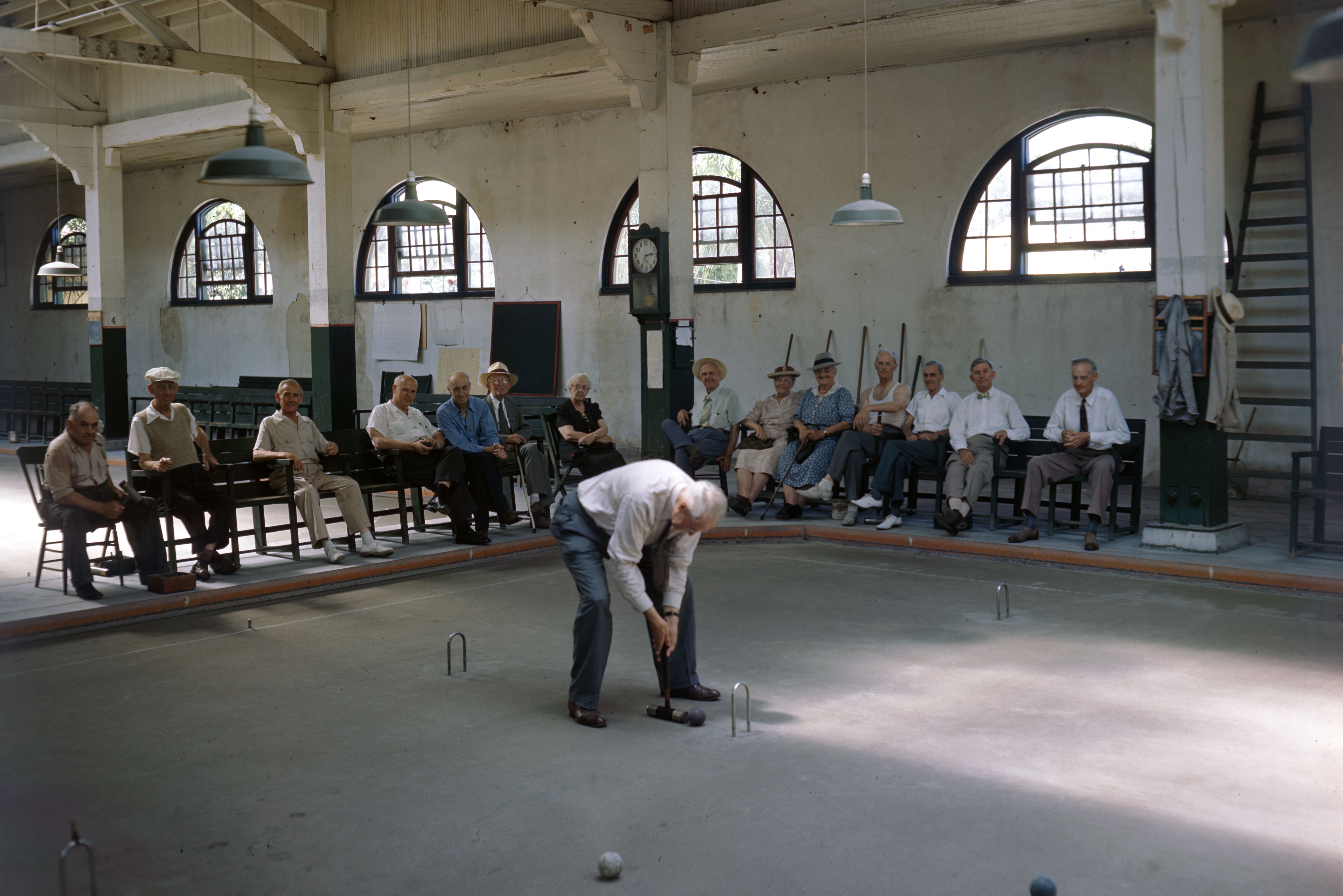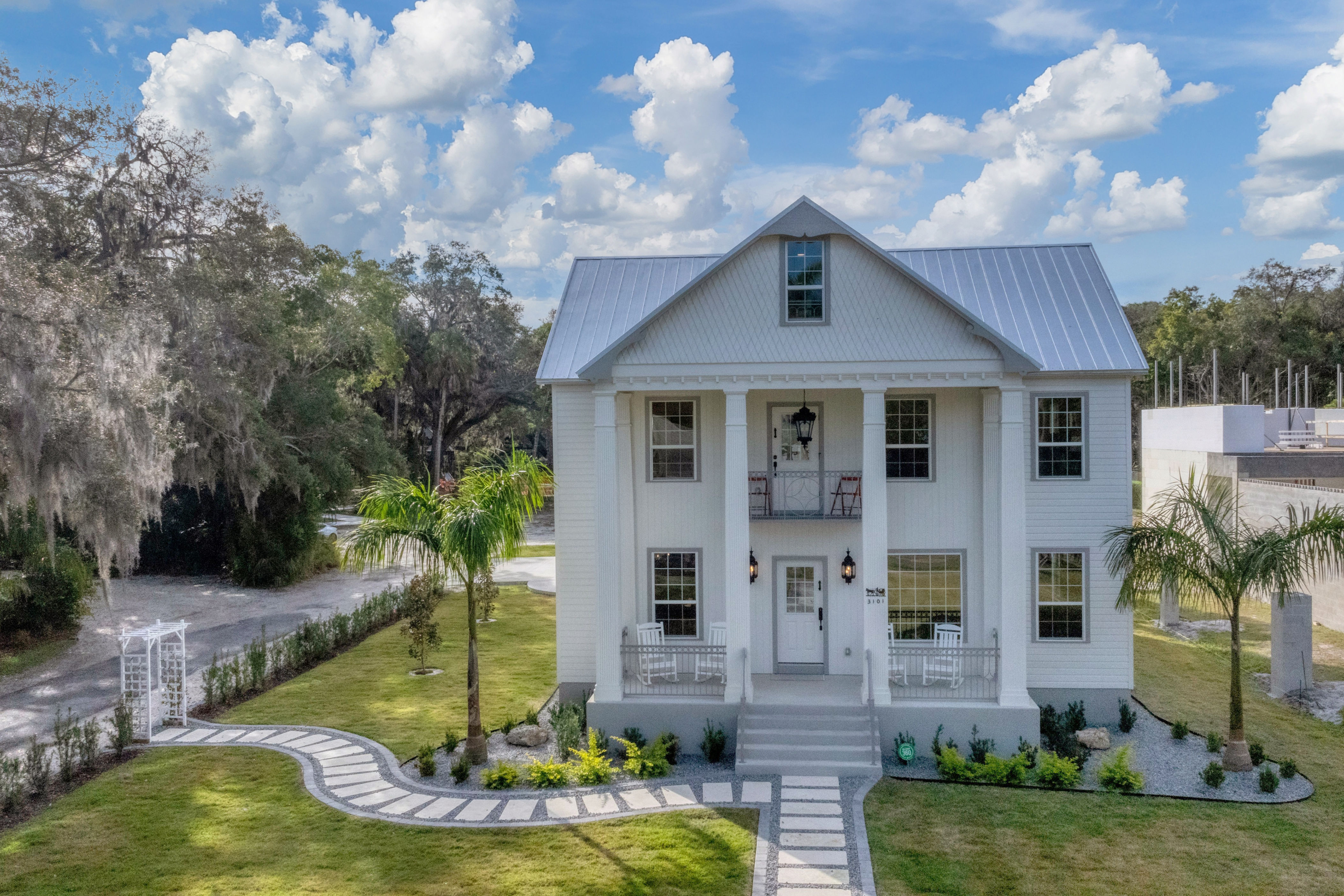Authentic St. Augustine

Only one American city can hold claim to the title of “oldest city,” and St. Augustine wears its “nearly 450 years old” title well, drawing most travelers because of its rich and layered history. Whether you are planning a family getaway, a romantic weekend or a seaside vacation, there’s plenty of variety for everyone in this charming old town.
Once there, you quickly become aware that most folks who live and work in St. Augustine take immense pride in their knowledge of the city’s past, reciting facts behind the six historical occupations, from the First Spanish Period in 1565 to the 1861 Confederate Period. If you don’t know your St. Augustine history before you visit, you’ll certainly know it before you leave.
St. Augustine’s rich history is well chronicled by the landmarks that bear witness to the various occupations. The assortment of historical attractions, such as the fortress-like Castillo de San Marcos and the fabled Fountain of Youth, bring history to life, shedding light on its captivating and colorful past.
No one is sure whether Ponce de Leon really landed precisely at St. Augustine, but it’s safe to say that it was pretty darn close. His 1513 voyage is considered the only “documented” voyage by which the first European landed on what would become the United States. He named the area “La Florida" and planted the Spanish flag to stake the claim for Spain.
But even before the Spanish arrived, native people called the Timucua lived throughout the area, building their capital in what would later be named St. Augustine. Using the intricate network of waterways and marshes for transportation, they hunted, fished, and gathered shellfish, oysters and clams for food. As the original inhabitants, they left their archeological footprints throughout the region, a beginning to the town’s multi-cultural past.
For a fascinating history lesson of the native Tumucuas and their interaction with Spanish settlement in the original 1565 colony, head over to the Government House exhibit entitled The First Colony. The exhibit depicts native life through artifacts, videos and engaging demonstrations that provide immense color to that era. The Government House is partially constructed of locally quarried coquina rock (Spanish for “small shells”). The building served many functions, but was primarily the administrative headquarters and residences for colonial governors.
Fountain of Youth Archeological Park
Consider beginning your adventure at the Fountain of Youth. While the name refers to a place of legend, the park itself yields a glimpse into authentic St. Augustine. Not far from Old Town, The Fountain of Youth Archaeological Park is tucked away in a quiet neighborhood. With a shady “old Florida” arched entrance, this 15-acre waterfront property may be the original location where Ponce de Leon landed in 1513 and eventually became the site of St. Augustine’s first settlement. In 1565, Pedro Menendez de Aviles was charged with creating the first Spanish settlement in Florida. Archeologists are currently excavating the property to discover more about this first colony. The property includes the original “spring” or mythical “fountain of youth”, and a mix of reconstructed settings that bring St. Augustine’s history to life.
A Franciscan friar priest, Timucuan interpreters, and weapons demonstrators--all costumed re-enactors--share stories and tales of the period. Be sure to walk through the Tumucua family compound that was once part of the Tumucuan’s capital of Seloy. Adjacent to that setting, you’ll enter a thatched Mission called Nombre de Dios, complete with a rustic altar, choir loft and cypress beams. Next, take the waterfront path by the boathouse, which houses the chalupa, or utility boat. Continue to the weapons area where visitors can witness the cannon firing, and see the coastal sentry tower designed for impeding enemy threats and attacks. As Florida’s oldest attraction it is an ideal beginning to your visit.
Old Town & The Colonial Quarter
Take a walk down St. George Street through St. Augustine’s Old Town, where you will find the oldest wooden schoolhouse, dating to the 1700s. Nearby, the Colonial Quarter, recently revitalized, adds even more living history to 16th-, 17th- and 18th-century life. You’ll see blacksmith and leatherwork shops, and a soldier’s home, while listening to period-dressed guides who provide insight into daily living. Nearby restaurants and cafes add old-time flavor and a chance to sit and relax amidst the engaging history. The Oldest House is another historic landmark, dated around the 1700’s and located south of King Street near the Marina area.
No trip to St. Augustine is complete without a visit to the Castillo de San Marcos. It won’t take you long to understand why the Spanish built this immense fortress on Matanzas Bay, with a commanding view of the harbor.
During his 15th-century voyages, Christopher Columbus discovered and collected vast treasures of silver, gold, gems, dyes, sugar, and tobacco from the Caribbean, Mexico, Central and South America, making Spain the dominant nation in the world. But it was Ponce de Leon who ultimately discovered the best route to get the precious cargo home--through the Gulf Stream and past the shores of La Florida. This made St. Augustine an important northern outpost for Spain’s expanding empire.
To protect Spain’s colonial trade and commerce, the Castillo de San Marcos was constructed. It took 20 years to build and was completed in 1695. It is considered the most well-preserved and oldest masonry fort from the Spanish colonial period anywhere in the United States. Its notable heritage and the panoramic view of the Matanzas River, the city of St. Augustine, and the Bridge of Lions make it a very popular.
The fort is made of a porous limestone rock called coquina, created from thousands of years of shells and sand compressing into geological sediment. It was the only type of rock available and proved to be excellent building material. Brought from a nearby quarry, coquina provided the building blocks for creating the defensive structures, homes and buildings during the period. The massive coquina walls of the fort actually absorbed enemy cannonballs rather than allowing them to destroy the fort.
The fort is also known for its star shape with a hollow square within four diamond-shaped bastions. The configuration allowed for numerous firing positions for cannons while minimizing the possibilities of a direct hit by enemy fire. Entry to the fort is across a moat, another defense feature, and when you cross it to tour the fort you get the feeling that you are walking into history.
Adventuring in St. Augustine
If you are ready to adventure beyond the historic sites, there is plenty to do. Consider a local eco tour, or a beach trip to Anastasia State Park, perhaps with a stop at the St. Augustine Lighthouse.
Owner and expert naturalist Zach McKenna and his staff offer a very personable inland waterway eco-tour via boat or kayak. We chose the kayak trip and met Zach at the conveniently located St. Augustine Marina, where we embarked on a two-hour trip up Matanzas Bay. We paddled under the majestic Bridge of Lions, past the historic Spanish Fort, and along the Fountain of Youth waterfront.
While kayaking, Zach provided an in-depth narrative about the area’s historical geography, coastal habitats, estuaries and wildlife. We saw and photographed wading birds in the salt marshes as dolphins quietly swam by. Zach is one of the most knowledgeable Florida naturalists around and it’s no wonder that Florida biologists have tapped him for research projects including a dolphin population study.
After visiting St. Augustine’s attractions, you may be ready for a walk on the beach, and the Anastasia State Park has one of the best. Known as south beach to the locals, the miles of gorgeous, wide-open beaches are accessed by long, wooden walkways across towering sand dunes. It’s a perfect and picturesque place to take in a view of the vast blue Atlantic as you breathe in the fresh salt air.
There is a tidal salt marsh, called Salt Run, and an upland hammock to observe coastal birds and wildlife. Camping and windsurfing are popular here too.
By the way, near the park entrance is the Old Spanish coquina quarry site where the rock was mined to create the Castillo de San Marcos and other buildings.
There is something about lighthouses that delights us with their towering shapes, their history, and the unique stories of dedicated light keepers trudging up steep, winding steps to keep the light burning to protect and warn ships. And the St. Augustine Lighthouse with its huge lens atop a tower of spiraling black and white stripes enhances our continuing love affair with these maritime treasures.
When the first Spanish settlers arrived in St. Augustine, a wooden sentry watchtower was built on the Matanzas Inlet to serve as a lookout for hostile ships. This lookout became the first tower on U.S. soil to aid navigators, which became a predecessor for lighthouses we know today. Centuries later, during the 1700’s a new coquina tower was built at the same location, later becoming the first official St. Augustine Lighthouse. But after more than a century of service, it collapsed into the sea. Construction began on a new tower in 1871, which is the current St. Augustine lighthouse still standing after 140 years.
A journey up the St. Augustine Lighthouse is well worth the 219 steps that take you to the top of the tower 165 feet high. And the payoff is the surrounding vista and ocean view of the Atlantic. It’s hard to fathom a lighthouse keeper carrying heavy buckets of kerosene up hundreds of steps to keep the light burning each day.
The Legacy Tour, Flagler College
Built by oil magnate and railroad baron Henry Flagler as the Hotel Ponce de Leon, it now houses Flagler College. Developed as a high-end luxury hotel, it was designed to attract the well-heeled tourists to St. Augustine when it opened in 1888. Listed on the National Register of Historic Places it remains one of the most impressive buildings in the city.
The student-led “legacy” tour is considered one of the best in St. Augustine. You’ll get the Flagler history, while being led through the Courtyard, gardens, gilded domed Rotunda and the “Hogwarts-style” dining room with Tiffany windows.
Your Visit
St. Augustine’s cultural and historical tourism dominates the local economy and yet its endearing quality is its commitment to preservation. Small businesses thrive, the Starbucks is well hidden and cell phone service is erratic due to the absence of nearby towers.
And I do wonder, if coquina walls could talk, how many more stories could be told about this fascinating place?
Eating Out In St. Augustine
There are plenty of good restaurants in St. Augustine where seafood is a specialty. Here are a few restaurants recommended by locals:
Saltwater Cowboys (delicious, the atmosphere is one of the best in Florida)
Osteens (local favorite)
Barnacle Bills (local favorite)
Places to Stay in St. Augustine
St. Francis Inn (very popular)
Bayfront Marin House (romantic, local recommendation)
Jay Bird's Inn (reasonable, spacious, clean, affordable, a drive to downtown)
For St. Augustine classic Minorcan Chowder, the signature dish, try these local recommendations:
For more on authentic ideas and travel, go to Authentic Florida and be sure to sign up for Authentic Florida's free E-News, a bi-monthly newsletter featuring the latest Florida travel, food and living ideas.



